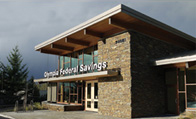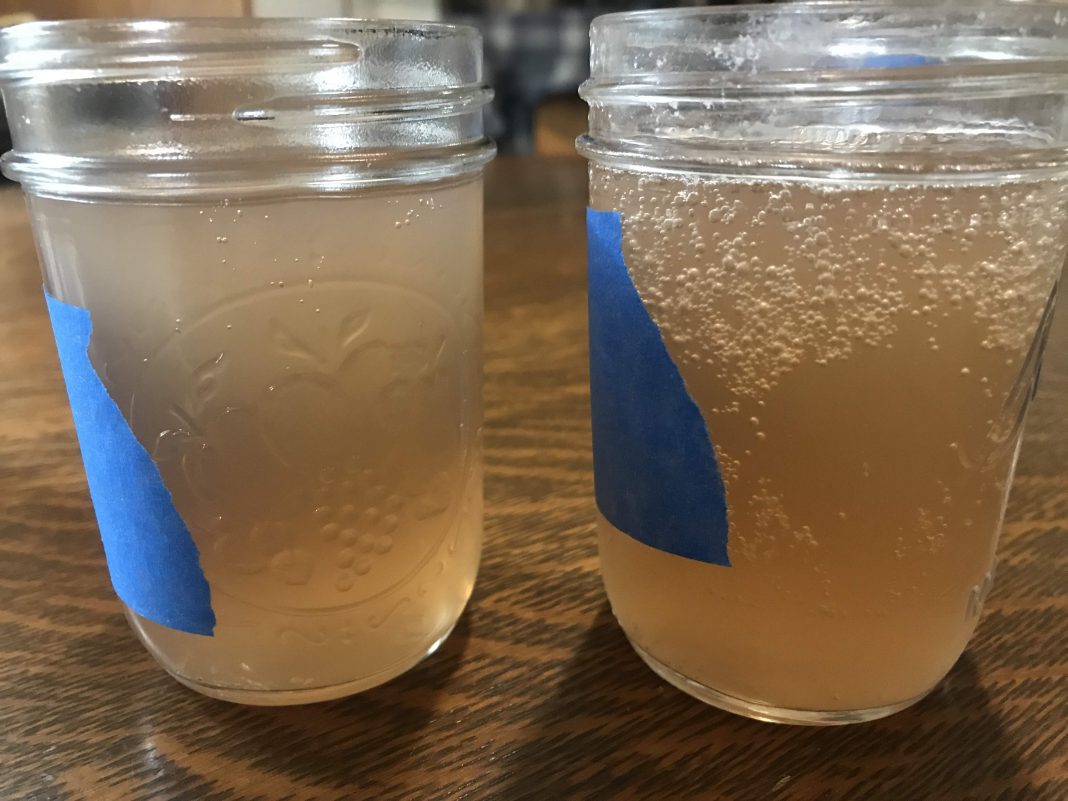Submitted by South Sound GREEN
In the face of COVID-19 and recent stay at home order, parents and guardians may find themselves looking for activities that not only keep students engaged, but also provide information about local environmental science and concerns. In our South Sound GREEN Home Based Science Project series, we will introduce and demonstrate various hands-on and at-home activities for children of all ages to do either indoors or outside!
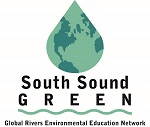 This time, we start talking about water quality and how important dissolved oxygen is for salmon!
This time, we start talking about water quality and how important dissolved oxygen is for salmon!
Title: Soda Science
Grade Level: K-5
Materials
- Soda (two unopened cans are better for the activity)
- Timer
- Thermometer (optional)
Background
 Our waterways around Thurston County are not only beautiful, but they are very important for the natural environment! Local rivers and streams are habitats for hundreds of species of animals and plants, and all of them rely on clean, healthy water to survive. One species of particular importance is salmon, which we’ve talked about in our earlier Salmon Obstacle Course and Bridges for Salmon activities. Salmon are incredible animals that spend their lives in a variety of environments, but when they are living in our local freshwater environments, salmon require certain water quality conditions in order to survive.
Our waterways around Thurston County are not only beautiful, but they are very important for the natural environment! Local rivers and streams are habitats for hundreds of species of animals and plants, and all of them rely on clean, healthy water to survive. One species of particular importance is salmon, which we’ve talked about in our earlier Salmon Obstacle Course and Bridges for Salmon activities. Salmon are incredible animals that spend their lives in a variety of environments, but when they are living in our local freshwater environments, salmon require certain water quality conditions in order to survive.
South Sound GREEN’s largest program is our Water Quality Monitoring program, where over 60 classes from throughout Thurston county go out to local waterways to test the water for a variety of parameters. That includes dissolved oxygen (DO), which is crucial for salmon and all other animals that live in the water.
Just like how animals on land need oxygen, fish underwater need oxygen as well. The only difference is that they get DO through their gills. We measure DO in milligrams per liter, or mg/L, which is the same as parts per million, or ppm. Salmon like a lot of oxygen, and their ideal amount of DO is 9 mg/L (or 9 ppm) or more. To put that into perspective, imagine you fill your room with 1 million red gummy bears, and you replace 9 of those with green gummy bears. Your room is now 9 parts per million green gummy bears. Now think about that in terms of DO – just 9 ppm of DO doesn’t seem like much, but it makes a big impact on salmon!
Water can pick up DO in a number of ways, most notably through bubbles. Places where water is moving fast or falling, such as rapids or waterfalls, have a lot of bubbles, and these bubbles are where air and oxygen become trapped and dissolved in the water. Slower moving water and stagnant water, such as in a lake or pond, generally has less DO.
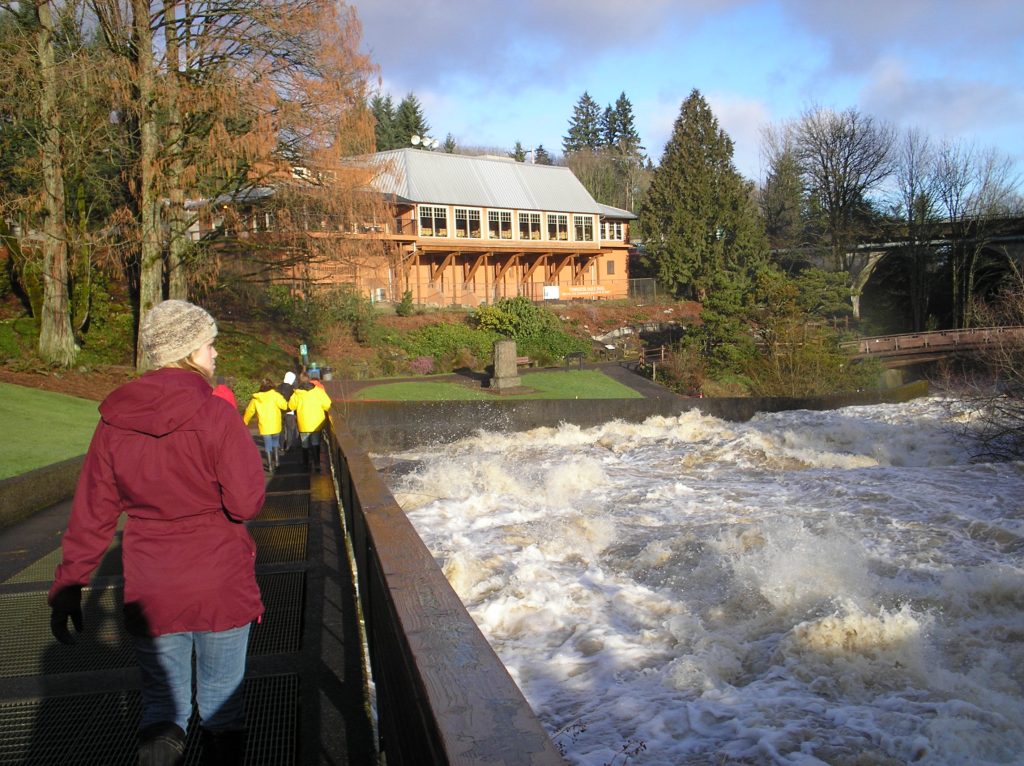
Temperature also influences the amount of DO in the water. Temperature controls the natural state of matter (solid, liquid, gas) of a substance, and for liquids, changing the temperature impacts the solubility of oxygen in water. Did you know that colder liquids can hold more gases than warmer liquids? This means that cold water can hold a lot of DO, and salmon prefer living in cold water. Lower air temperatures and more shade from trees and other native plants help keep the water in our local rivers cool and healthy for salmon!
We can test this in our own homes using a different gas, carbon dioxide!
Procedure:
- Grab two cans of the same soda or other carbonated beverage. Ideally, these would be the same type of drink that were bought at the same time. If you don’t have two separate cans, pouring two glasses of soda from the same bottle can also work (or split the can equally into two smaller glasses).
- Place one can in the refrigerator, and keep the other can out on a counter (or outside on a warm day, if possible). Leave them there for 1 hour.
- After the hour has passed, pour each can into a separate glass. Make sure each glass is labeled so you can keep track of your results!
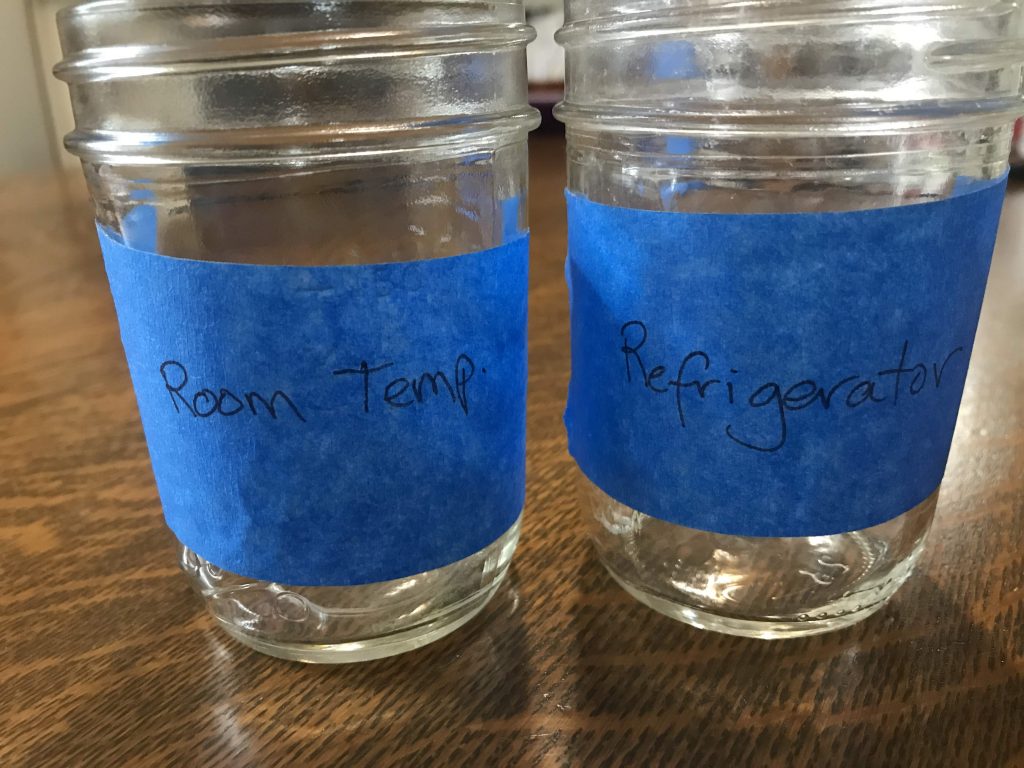
- Start the timer. Observe your two drinks. Can you notice any differences?
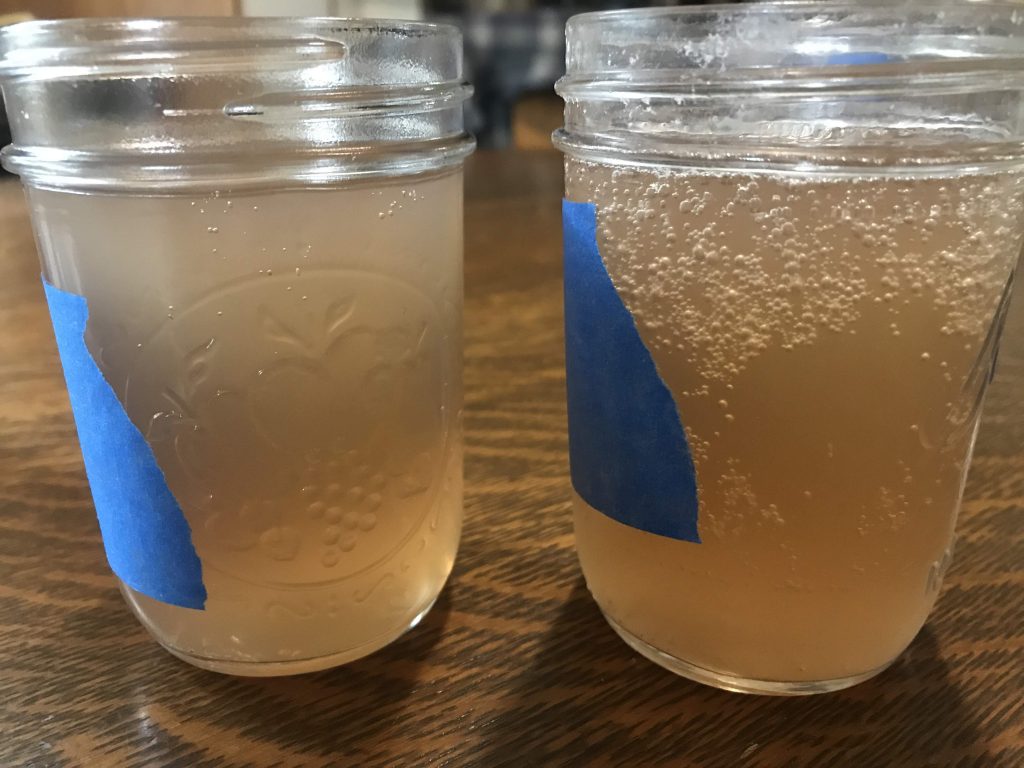
- Keep an eye on when either drink appears to be flat, or out of bubbles. Record the time when that happens. Feel free to taste the drink to confirm!
- Want the experiment to go faster? Add hot tap water to one glass and ice water to the other glass of your experiment. You can even set your glasses within other glasses filled with the same hot and cold water, respectively, so the experimental glasses are surrounded by hot/cold water. Watch the top of the glasses – do you notice a difference in the bubbles at the surface?
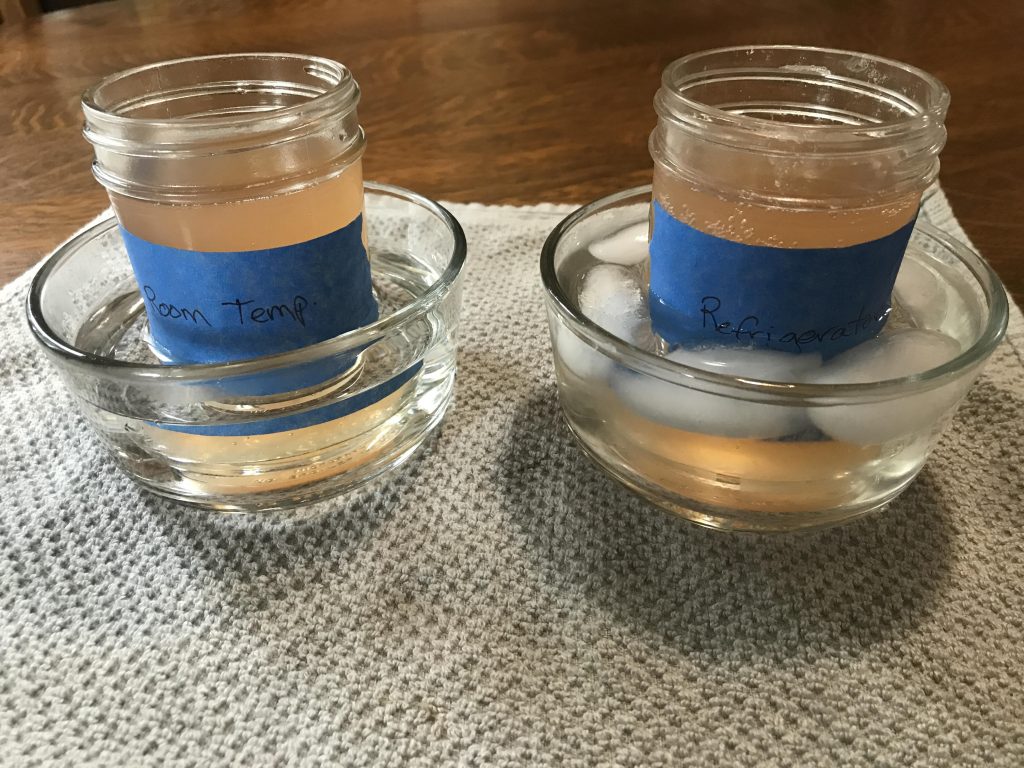
- Which drink went flat quicker? Why? Where did all of that carbon dioxide go?
- Think about a river or stream in your neighborhood or community. How do trees next to the river affect temperature? How do they affect DO? Do you think salmon, who need a lot of DO, prefer rivers with a lot of trees next to them or not?
Vocabulary
- Carbon dioxide: A naturally occurring greenhouse gas. In our activity, carbon dioxide is used in soda to give it bubbles, or for carbonation.
- Dissolved oxygen: Oxygen molecules that are dissolved in water.
- State of matter: A distinct form of matter in which substance can exist. This includes solid, liquid, gas, and plasma.
- Solubility: The ability of a substance to dissolve in another substance
Keep Learning!
- Learn more about Dissolved Oxygen from the US Geological Survey
- Want to learn more about water quality? Schools in Thurston County can participate in South Sound GREEN’s water quality field studies every fall and winter! Visit our website at www.southsoundgreen.org to find out more!
- Want to find out how much DO is in our local waterways? Check out all of our student-collected water quality data on our Water Quality Monitoring page!
- Share pictures of your experiment with us on Instagram! Use the hashtag #GREENfromhome or find us at @southsoundgreen.
South Sound GREEN (Global Rivers Environmental Education Network) is a watershed education program in Thurston County that educates, empowers and connects thousands of local students in watershed studies annually. Through South Sound GREEN, participants engage in science and engineering practices related to water quality in South Sound. For more information, visit southsoundgreen.org.





























